Beyond Hezbollah: The history of tensions between Lebanon and Israel
As Hezbollah and Israeli forces trade fire, Al Jazeera traces the origins of their ongoing conflict across the decades.

Beirut, Lebanon – The Lebanese armed group Hezbollah and Israel’s military have exchanged artillery fire and other attacks across their shared border over the last week, escalating fears that a regional war could erupt.
The violence comes amid the ongoing bombardment and blockade of the Gaza Strip, the Palestinian territory at the heart of the Israeli-Hamas conflict.
Keep reading
list of 3 itemsWhat is Hezbollah? A look at the Lebanese armed group backing Hamas
Israel, Hezbollah exchange fire amid fears of regional escalation
Israel declared war on Hamas on October 8, one day after the Palestinian group launched a surprise attack from Gaza that killed an estimated 1,400 Israelis. In the wake of Israel’s aerial bombing of Gaza, Palestinian deaths have soared to nearly 2,800.
The violence has spurred the Iran-backed Hezbollah to say it would stand “in solidarity” with the Palestinian people. Its subsequent attacks — and Israel’s retaliation — have reawakened memories of a conflict between the two forces that has been relatively dormant since 2006.
As tensions threaten to reignite, here’s what you need to know about the history of the Lebanese-Israeli conflict.
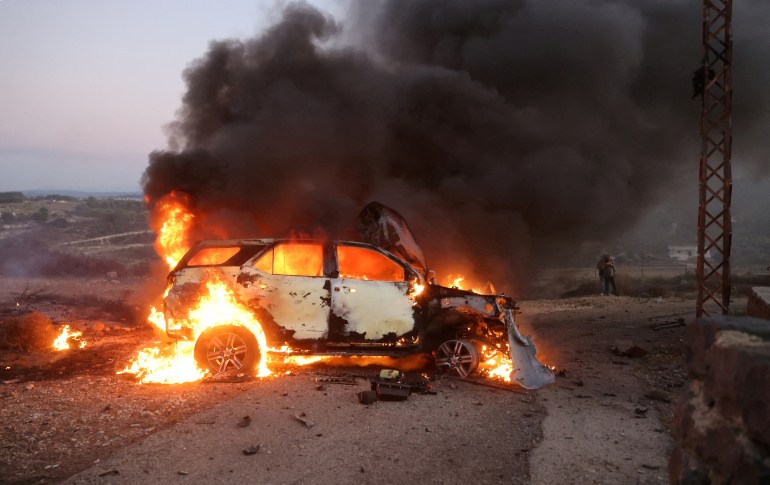
Pre-1948: Before the establishment of the state of Israel, Lebanon debated what kind of relationship it would have with the Zionists in Palestine, according to Makram Rabah, a history lecturer with the American University of Beirut.
Lebanon gained independence from France in 1943. Certain nationalists in the newly formed republic believed in an alliance of minorities that would see a Christian-Lebanese nation align with the Zionists.
But Lebanon’s founding fathers — primarily Riad al-Solh and Bechara el-Khoury — felt they could not have a relationship with Israel and maintain good relations with neighbouring Arab states, according to Rabah.
1948: The state of Israel declared independence on May 14. The next day, Egypt, Syria, Jordan, Iraq and Lebanon declared war on Israel. Lebanon had the smallest army of the Arab nations.
The Israeli forces repelled the Arab fighters and temporarily occupied part of south Lebanon. An armistice was signed on March 23, 1949, and Israeli troops withdrew to the internationally recognised border.
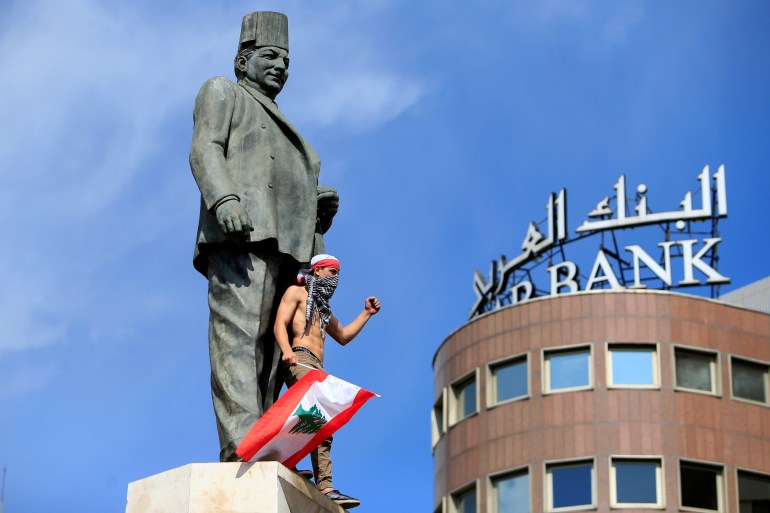
1965: The emergence of Fatah, a Palestinian nationalist group, as a powerful force in the region coincided with renewed border skirmishes.
“The Lebanese-Israeli border was quiet until around 1965 when the Fatah movement started launching low-intensity attacks on Israeli positions,” Hilal Khashan, a professor of political science at the American University of Beirut, told Al Jazeera.
The Lebanese army attempted to counter Fatah’s operations, but public opinion was split.
Many in the country’s Muslim community and in the secular or pan-Arabist left sympathised with the Palestinian cause. However, Lebanon’s nationalist right — predominantly made up of major Maronite parties, representing a largely Christian base — did not want to be implicated in a conflict they felt did not concern them.
1967: Tensions between Israel and surrounding Arab states escalated into the Six-Day War on June 5.
But within a week, “Arab militaries were soundly defeated by the Israelis,” Khashan said. As a result of Israel’s victory, Palestinians were expelled from Jerusalem, the West Bank and Gaza in what became known as the “Naksa” or the setback.
Lebanon’s military involvement in the Six-Day War was minimal, but the repercussions were significant. Thousands of Palestinian refugees fled to Lebanon, and violence was incited against Lebanon’s Jewish population, leading many to emigrate.
A year later, Yasser Arafat’s Fatah took control of the Palestinian Liberation Organisation (PLO), a broad coalition representing the Palestinian people.
“Palestinians now started to launch operations against Israel with the 14 groups under the umbrella of the PLO,” Khashan said.

1969: On November 2, delegations led by PLO leader Arafat and Lebanese army General Emile Bustani signed the Cairo Accord.
The agreement transferred control over 16 Palestinian refugee camps in Lebanon to the Palestinian Armed Struggle Command, an entity created by the PLO.
“The Cairo Accord gave the PLO official recognition to launch operations from Lebanon into occupied Palestine,” Rabah said.
1970: Palestinian fighters led a failed uprising in Jordan, resulting in their expulsion by King Hussein in September. The event would be called Black September.
In the aftermath, the PLO relocated its main headquarters from Jordan to the Lebanese capital Beirut and its military headquarters to south Lebanon.
1973: On the night of April 9 and continuing into the early hours of April 10, Israeli special forces took speedboats and landed on Lebanese beaches. They assassinated three PLO leaders. Part of Israel’s Operation Wrath of God, the raid became known in Arabic as the Verdun Massacre.
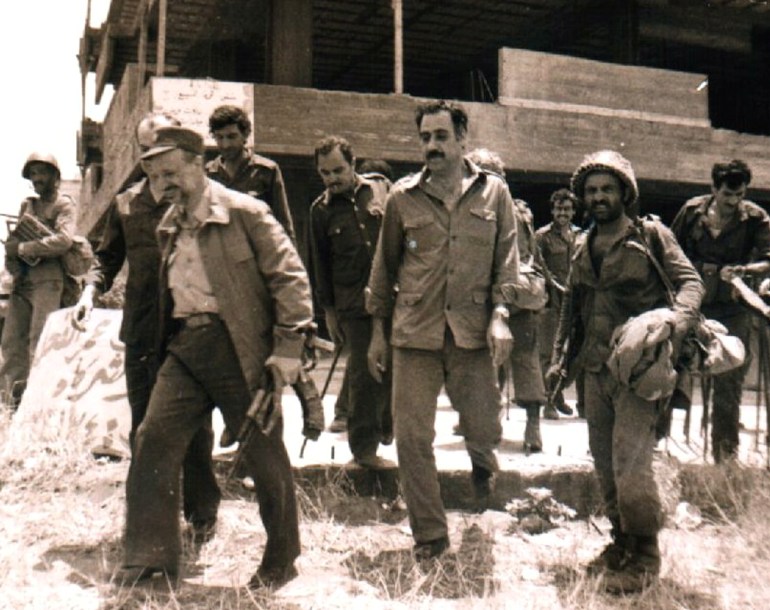
1978: Lebanon-based Palestinian fighters continued to conduct cross-border raids, and in March, Israel invaded Lebanon, advancing as far as the Litani River.
In response, the United Nations Security Council passed Resolution 425, which called for the immediate withdrawal of Israeli forces. It also established the UN Interim Force in Lebanon (UNIFIL), which still operates to this day.
At the time, Israelis armed and financed the South Lebanese Army, composed of Lebanese Christians. Palestinian groups, meanwhile, were backed by Syria.
1979: A peace agreement between Egypt and Israel — stemming from the previous year’s Camp David Accords — shifts the balance of power in the Middle East.
“Arab states came to the conclusion that they couldn’t attack Israel without Egypt,” Khashan said.

1982: On June 6, 1982, Israel invaded Lebanon under the pretence of stopping PLO raids across its border. The Israeli forces, however, progressed as far north as the capital Beirut, laying siege to the largely pro-Palestinian West Beirut.
The invasion led to the eventual departure of the PLO from Lebanon under the supervision of a multinational peacekeeping force on September 1.
Israel’s invasion of Lebanon would also help spark the creation of Hezbollah, with the backing of Iran’s Revolutionary Guard. “Iran claimed responsibility for the Palestinian [cause] at a time when Arab countries had abandoned it,” Khashan said.
Meanwhile, on September 14, Lebanese Forces (LF) leader and President-elect Bashir Gemayel was assassinated by a member of the Syrian Social Nationalist Party. Two days later, with cover from the Israeli military, fellow LF leader Elie Hobeika rallied right-wing Christian forces which killed hundreds, if not thousands, of Palestinians and Lebanese Shias.
This is now known as the Sabra and Shatila massacre. Although the full number of casualties remains uncertain, some estimates put the death toll between 2,000 to 3,500.
1985: Israel withdrew to the Litani River in south Lebanon and created what it called a security zone there. The Israeli occupation of the southern region continued until 2000.
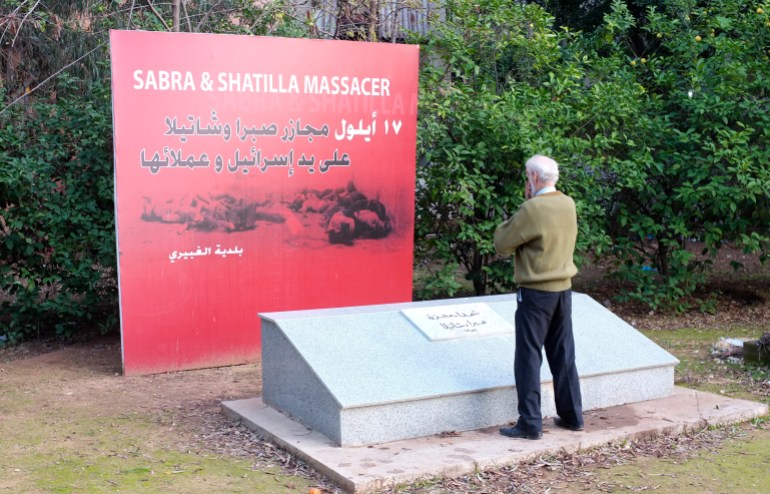
1993: Israel launched what it called Operation Accountability in Lebanon after Hezbollah operations killed at least five Israeli soldiers. Also known as the Seven-Day War, the conflict resulted in thousands of buildings bombed, with 118 Lebanese civilians killed and 500 more wounded.
1996: Casualties on both sides of the Lebanon-Israel border gave rise to Operation Grapes of Wrath on April 11. Israel bombarded Lebanon with shells and air raids, resulting in the Qana Massacre of more than 100 Lebanese people, including at least 37 children.
2000: On May 24, Israel declared it would withdraw its forces to the Blue Line, its UN-designated border. The decision effectively ended the Israeli occupation of south Lebanon. The Lebanese people celebrate May 25 as a national holiday.
“There was a widespread opposition in Israel” to the occupation in Lebanon, Khashan explained.
However, as Israeli forces retreated, many members of the South Lebanese Army joined them in exiting Lebanon.
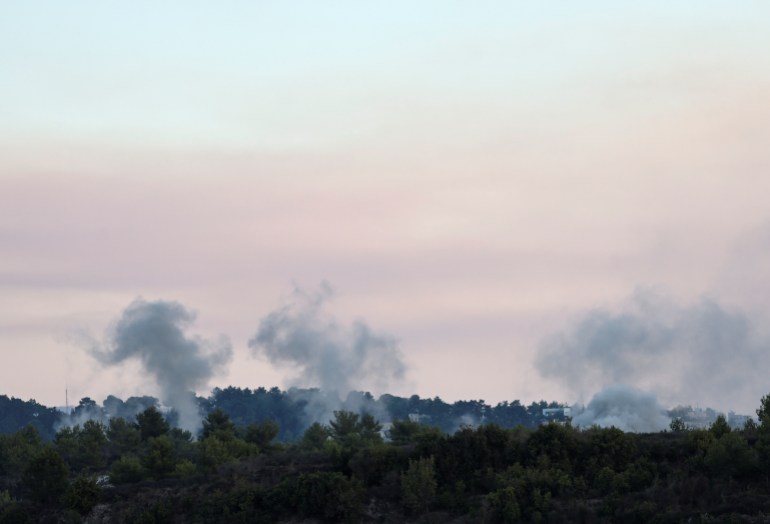
2006: In an operation into Israeli territory, Hezbollah killed three soldiers and captured two. Hezbollah demanded the release of Lebanese prisoners in exchange for the Israeli soldiers. But as Hezbollah sent rockets and Israel responded with airstrikes, the July War broke out and lasted 34 days.
Approximately 1,200 Lebanese people died and 4,400 were wounded, mostly civilians. Israel, meanwhile, reported 158 deaths, most of them soldiers.
“2006 wasn’t as much a war between Lebanon and Israel as much as it was between Hezbollah and the latter,” Rabah said.
2023: Until recently, the border had been relatively quiet. Occasional rockets or drones crossed from Lebanon into Israel without leading to serious escalation, while Israel violated Lebanese airspace more than 22,000 times from 2007 to 2022.
But that relative stability changed in the last week. As Israel and Hezbollah trade attacks, deaths have started to mount. Among the casualties are a Lebanese journalist for Reuters named Issam Abdallah, an elderly Lebanese couple and one Israeli civilian.
